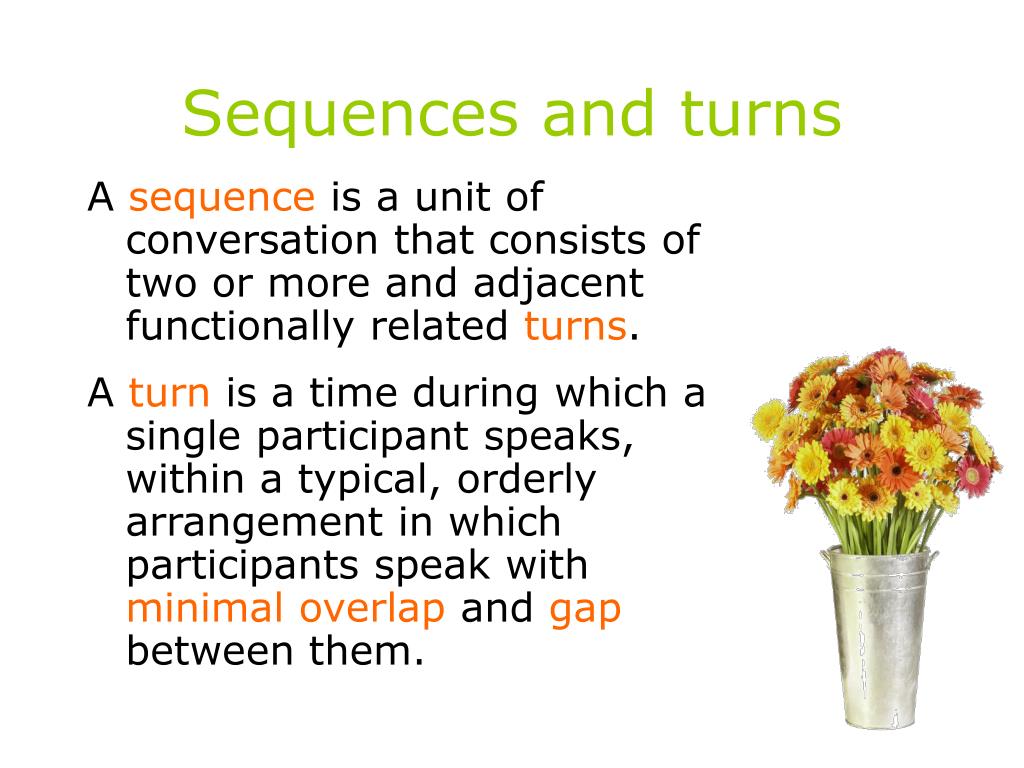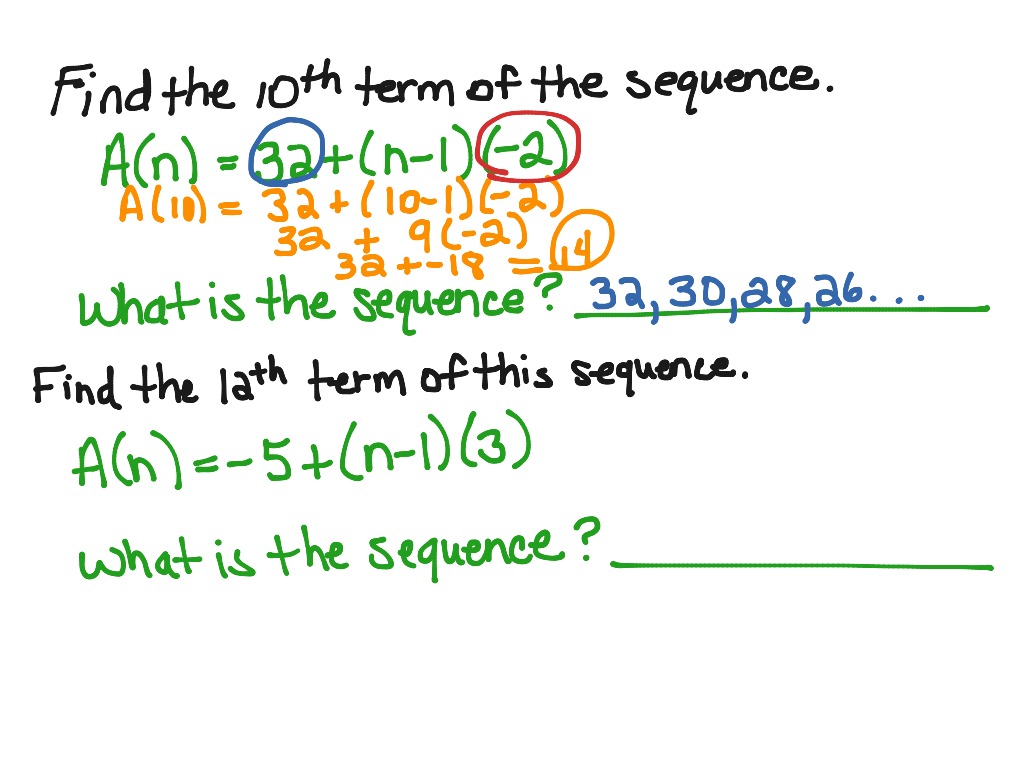

The appearances in nature seem boundless. More stunningly, they appear in nature abundantly for example, the number of spirals of bracts on a pinecone is always a Fibonacci number, and, similarly, the number of spirals of bracts on a pineapple is also a Fibonacci number. They pop up every now and then in nature, geometry, algebra, number theory, Permutations and combinations and many other branches of mathematics. Yet there are no numbers in all of mathematics as all-pervading as the fabulous Fibonacci numbers. However a quick inspection shows that it begins with two1 s and continues to get succeeding terms by adding, each time, the last two numbers to get the next number (i.e., 1 + 1 = 2, 1 + 2 = 3, 2 + 3 = 5, and so on).īy itself, this is not very remarkable. (1) Fibonacci Series: Probably the most famous of all Mathematical sequences it goes like this- 1,1,2,3,5,8,13,21,34,55,89…Īt first glance one may wonder what makes this sequence of numbers so sacrosanct or important or famous. Only a few of the more famous mathematical sequences are mentioned here:

The sequences are also found in many fields like Physics, Chemistry and Computer Science apart from different branches of Mathematics. Such sequences are a great way of mathematical recreation.
#SPOKEN SEQUENCES MATH SERIES#
The world of mathematical sequences and series is quite fascinating and absorbing.


 0 kommentar(er)
0 kommentar(er)
